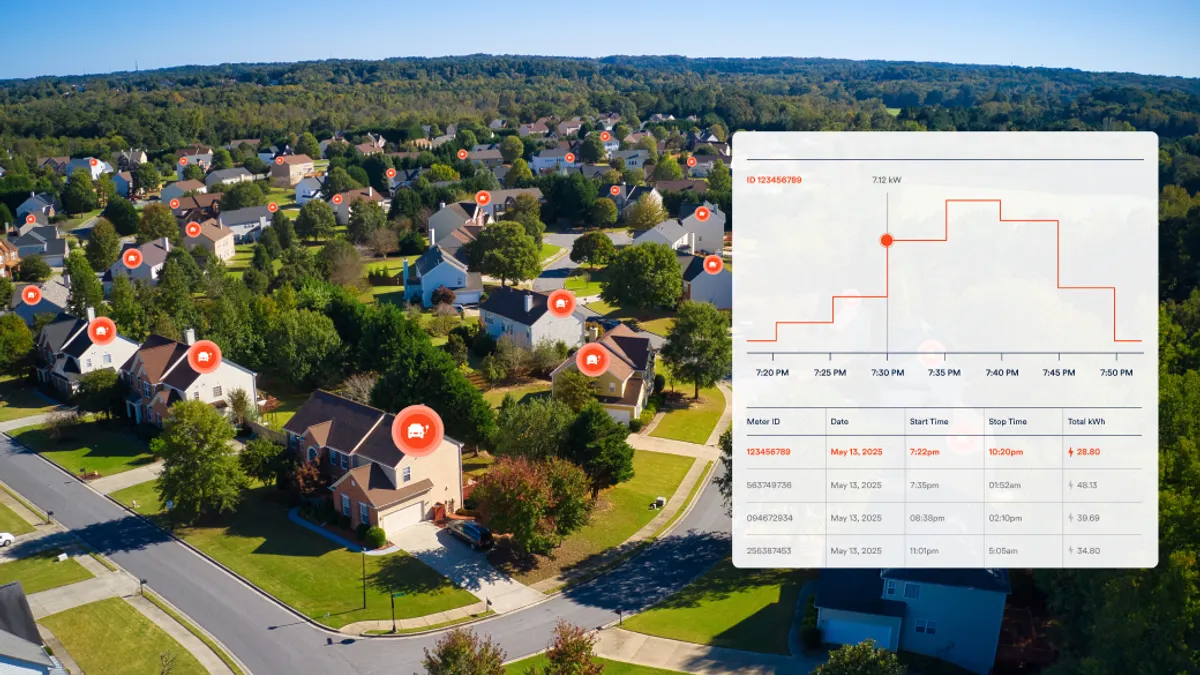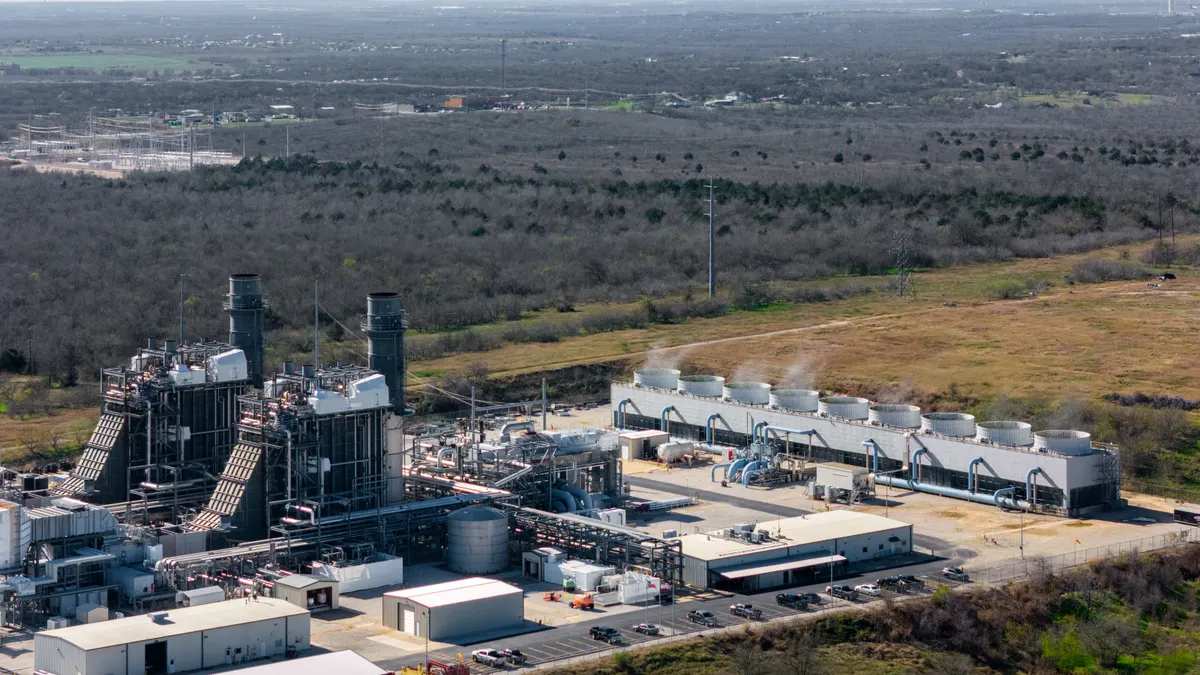The number of electric vehicles (EVs) on U.S. roads is projected to reach 78.5 million by 2035, accounting for roughly 26% of all vehicles expected to be on the road. As EV adoption accelerates, the U.S. power grid is being pushed to evolve, not just in terms of capacity, but in how it monitors, forecasts, and manages demand. Many people view this as a one-dimensional issue: to meet higher electricity demand, we must generate more electricity. While that may be true in the long term, the more immediate and complicated concern lies in managing when and where those new loads appear on the grid.
Our power grid was built to meet peak demand on hot summer afternoons, times when ACs are blasting and people are using appliances like laundry machines and vacuums at home. This means that, for the majority of the year and throughout the day, there is typically enough electricity on the grid to power EVs. Additionally, EVs are unique in that they don’t require constant electricity use. Unlike traditional household appliances, EVs are flexible in how and when they consume electricity; they rely on battery storage and can be charged during off-peak hours. But flexibility is only useful if utilities can monitor and manage it. The primary issue is a lack of visibility on the grid; grid operators and utilities can’t reliably predict the intersection of traditional demand spikes and Level 1 and 2 charging events, many of which occur at homes, apartment buildings, and offices. In fact, it’s estimated that 50% of all EV charging takes place on in-wall L1 chargers. Without visibility into when and where these charging events are taking place, managing supply and demand is challenging. This is a blind spot that can lead to transformer overloading, voltage instability, and ultimately, reliability risks.
Recently, Sense announced the availability of EV Analytics, a new load management solution delivered through AMI 2.0 meters that offers electric vehicle detection and charging insights that unlock smarter forecasting, better distribution planning, and more efficient managed charging program delivery for utilities. By processing waveform data at the grid edge, EV Analytics detects the presence of EVs. It estimates both Level 1 and Level 2 charge events, including start/stop times and kilowatt-hour consumption. The product marks the first grid-edge product from Sense built specifically to meet utilities' grid visibility and reliability needs.
EV charging projections must not only consider charger capacity but also the vehicle’s state of charge when plugged in, the charging rate, which varies by vehicle and battery age, and the vehicle’s charging profile. Sense’s EV Analytics enables the consideration of these nuances when forecasting grid demand. Previously blocked by proprietary telematics or cloud-based integrations, these barriers are removed by directly embedding the software into capable AMI 2.0 smart meters.
With Sense’s new EV Analytics tool, utilities will be better equipped to offer managed charging incentives to customers with electric vehicles, providing added benefits for homeowners while also creating a more reliable grid for all electricity users. The ability to detect not only the presence of an EV but also to map when and how it is charging opens the door to time-of-use pricing, direct load control, or future vehicle-to-grid (V2G) programs that enable EVs to discharge power during peak demand events. This benefits both homeowners and grid operators, as EVs can transition from being a source of load and reliability concerns to being assets.
EV Analytics is currently available to utilities leveraging Landis+Gyr Revelo meters through the Sense EV Analytics App. Contact us for more information on Sense EV solutions and how to integrate EV Analytics into utility operations or AMI 2.0 meters.










